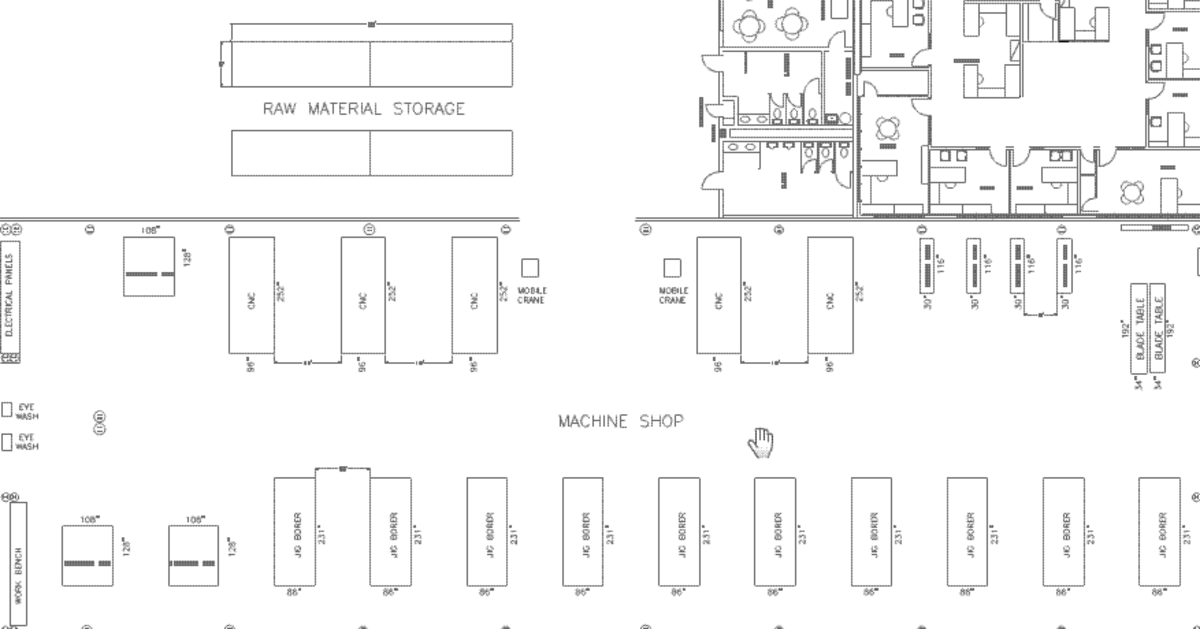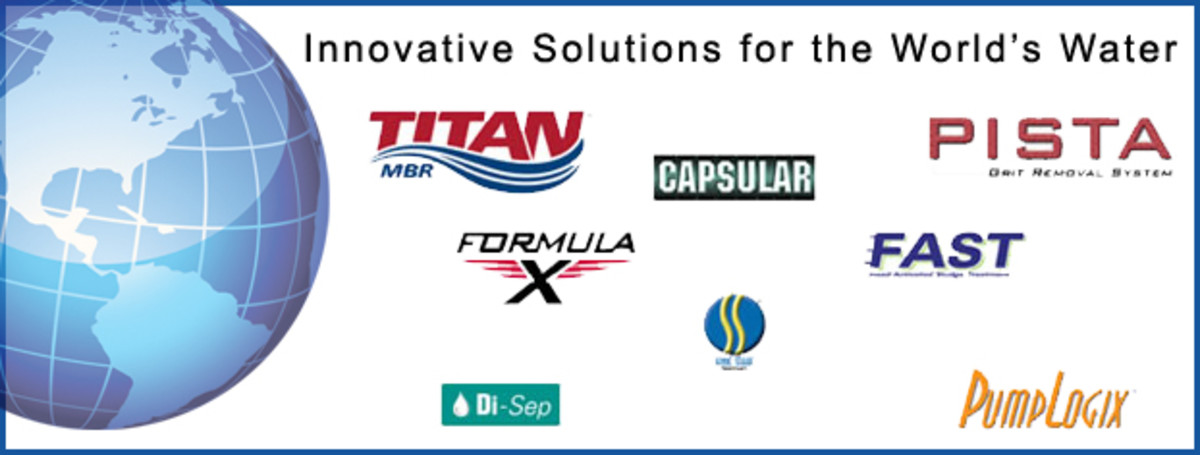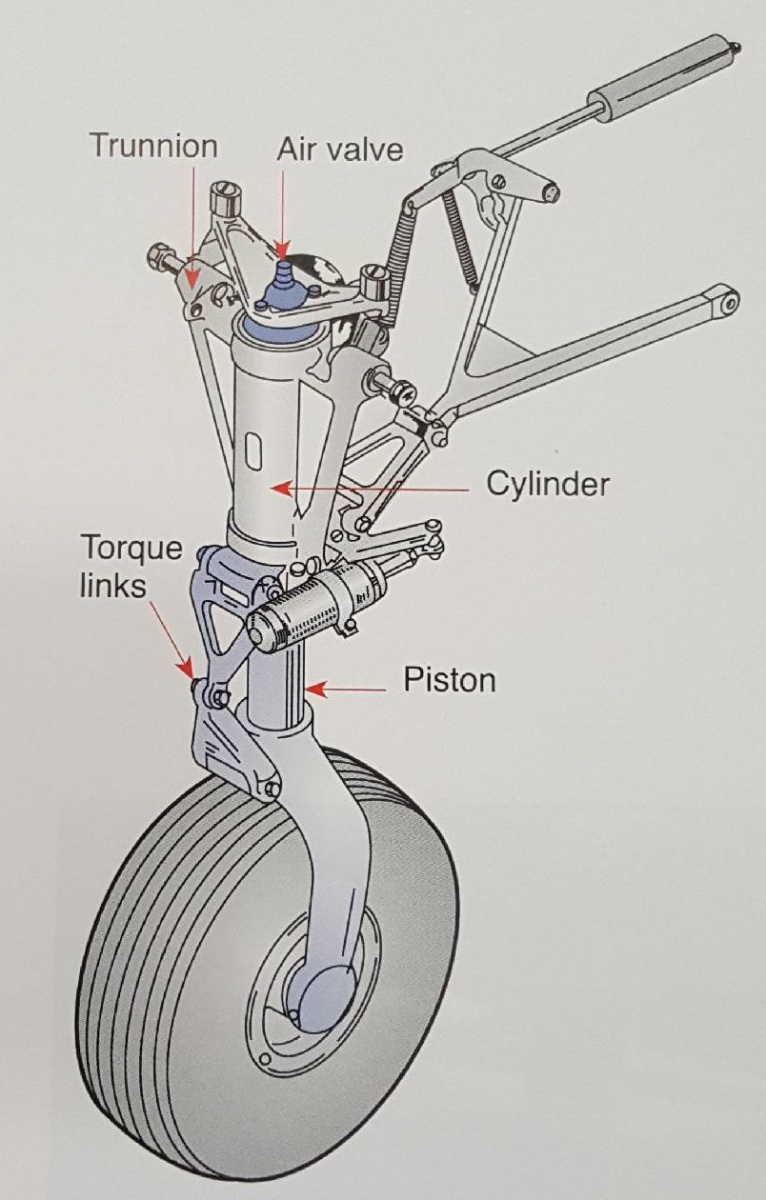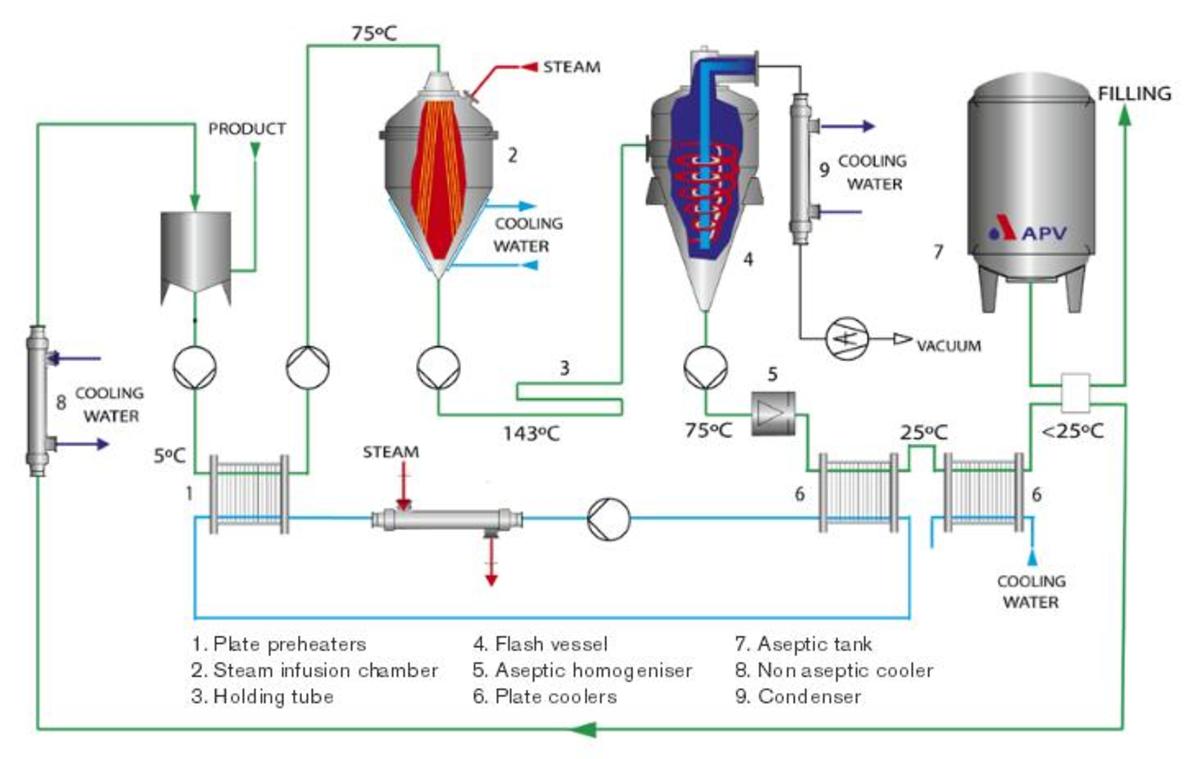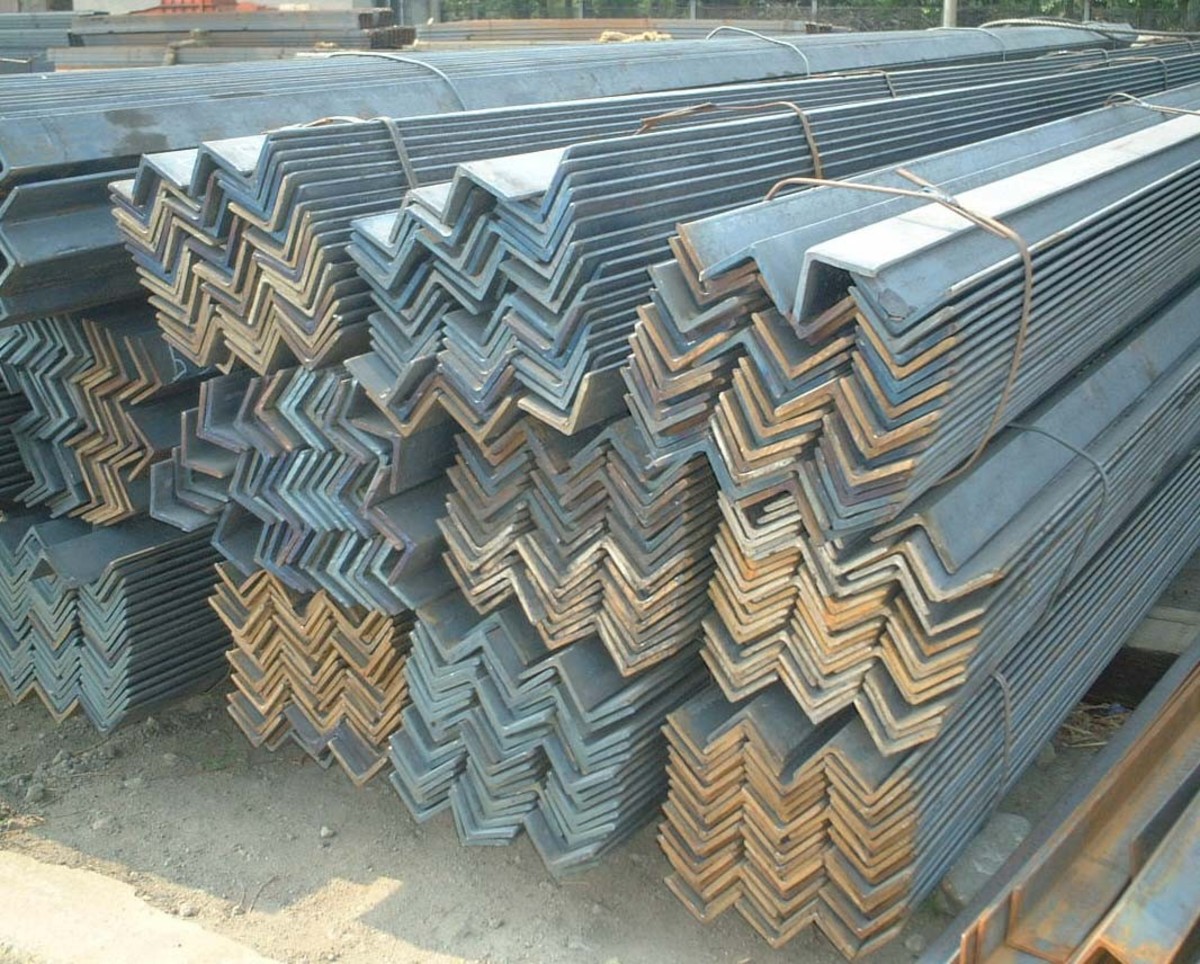Industry Standards for Galvanized Steel and Pipe
Industry standards for galvanized steel depend on the part of the world the engineers are based in. The correct industry standards to reference also depend upon whether the standards are national or international. American, European and British standards for galvanized steel compete with each other and for acceptance by the International Standards Organization.

American Standards for Galvanized Steel
American Society of Mechanical Engineers (ASME International) creates standards for many parts like pipes, nuts and connecting hardware. For example, ASME B36.10 is the standard for seamless steel pipe, including seamless galvanized steel pipe.
The ASME code for pressure vessels and boilers defines the materials, construction methods, quality checks and material specifications for galvanized steel tanks and pipe lines.
The American National Standards Institute (ANSI) creates standards for part designs and materials. Joint standards are identified with ANSI coming before the source organization, like the designation for standard ANSI/ASME B16.47 for large diameter galvanized steel flanges.
Many ANSI standards for material specifications like those for galvanized steel were submitted to ANSI by the American Society for Testing and Materials (ASTM) and the ASME for part specifications like thread dimensions.
ASTM issues standards for materials and material testing. ASTM has created standards for materials based upon their intended usage. For example, ASTM standard ASTM standard F2408-09 gives the specifications for galvanized steel tubes used in ornamental fences, while ASTM A1060 is the standard for zinc-coated galvanized steel wire used in concrete.
A separate standard, ASTM B498, is used for zinc coated, galvanized steel core wire used in electrical conductors. A214-99 E1 gives the specification for galvanized steel pipe in sizes NPS 1/2 to NPS 26. Different industrial standards are applied to larger galvanized steel pipe.
ASTM standards include the required material characteristics, the processes for verifying the material characteristics and even the calibration and set up of lab equipment used in material analysis.
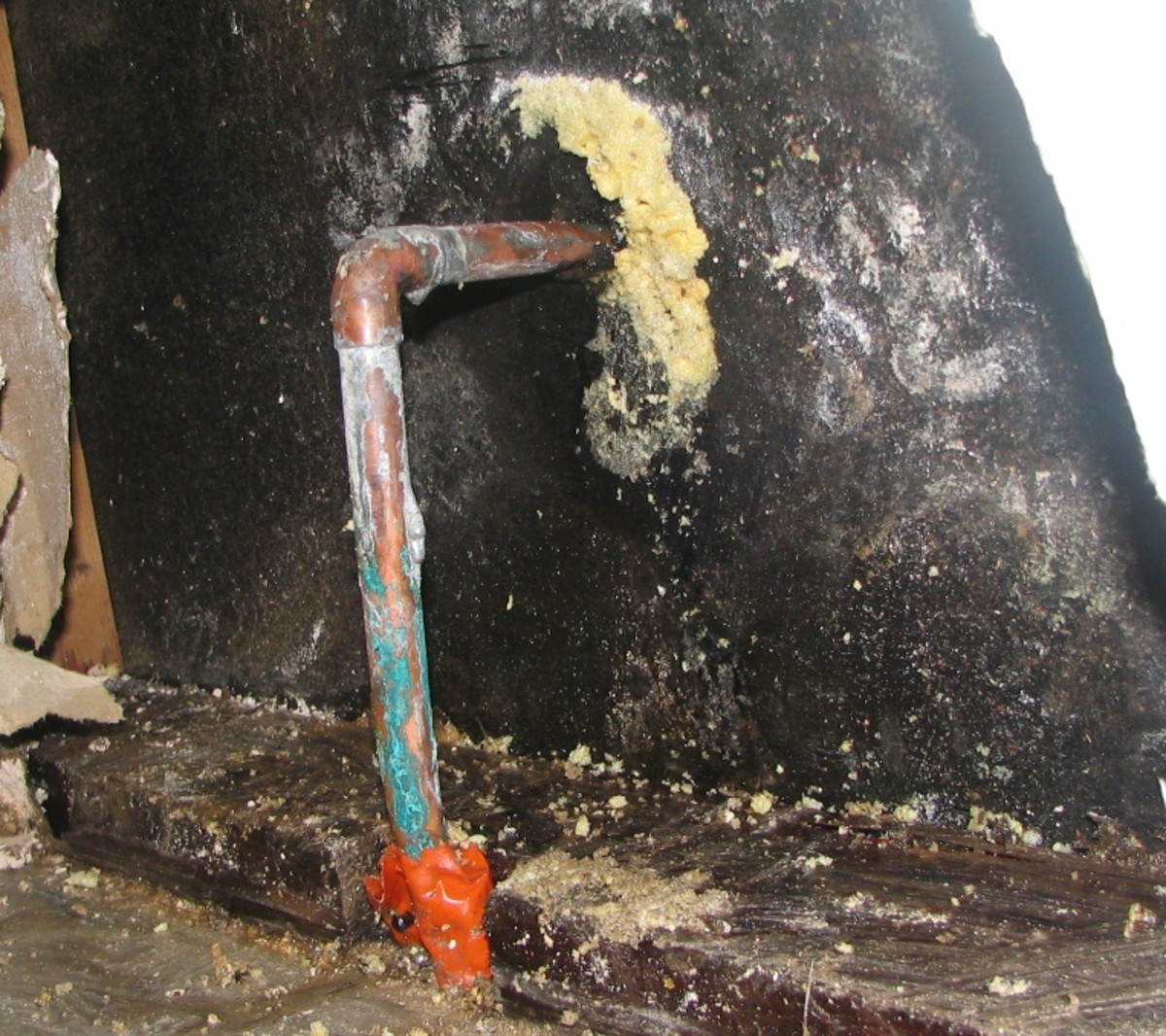
British Commonwealth Standards
Australia and New Zealand are separate British Commonwealth nations that share most of their industrial standards when they do not use ISO or British standards. Australian standards start with an AS while New Zealand standards begin with NZS.
AS/NZS 1559 is the standard for hot dipped galvanized steel bolts used in building towers. Yet this standard references ISO metric bolts throughout. There are cases where Australia has created its own standards such as AS 2841, the Australian standard for galvanized steel wire strands.
British standards are denoted by a BS before the start of the standard number. Many British engineering standards have been adopted by the European Union just as American industry standards have been adopted by ANSI. BS EN 10208-1 is the British standard for steel pipes for pipelines carrying combustible materials.
Because the standard has been adopted by the EN, the European designation follows the national source. This is the opposite of American standards where ANSI comes before the source organization.
International Standards for Galvanized Steel
The International Standards Organization (ISO) issues material and product standards recognized world wide. In some cases, it has adopted the ANSI standard as the ISO standard and included metric values for all dimensions. In other cases, it has adopted the British Standard (BS) or German (DIN) standard.
Standards the ISO created itself are denoted by an EN. EN ISO standard 14713-2 gives the guidelines for hot dip galvanizing of steel. DIN EN 13411-4 is the standard for steel wire rope terminations. The German “DIN” designation comes before the European standard “EN”.


